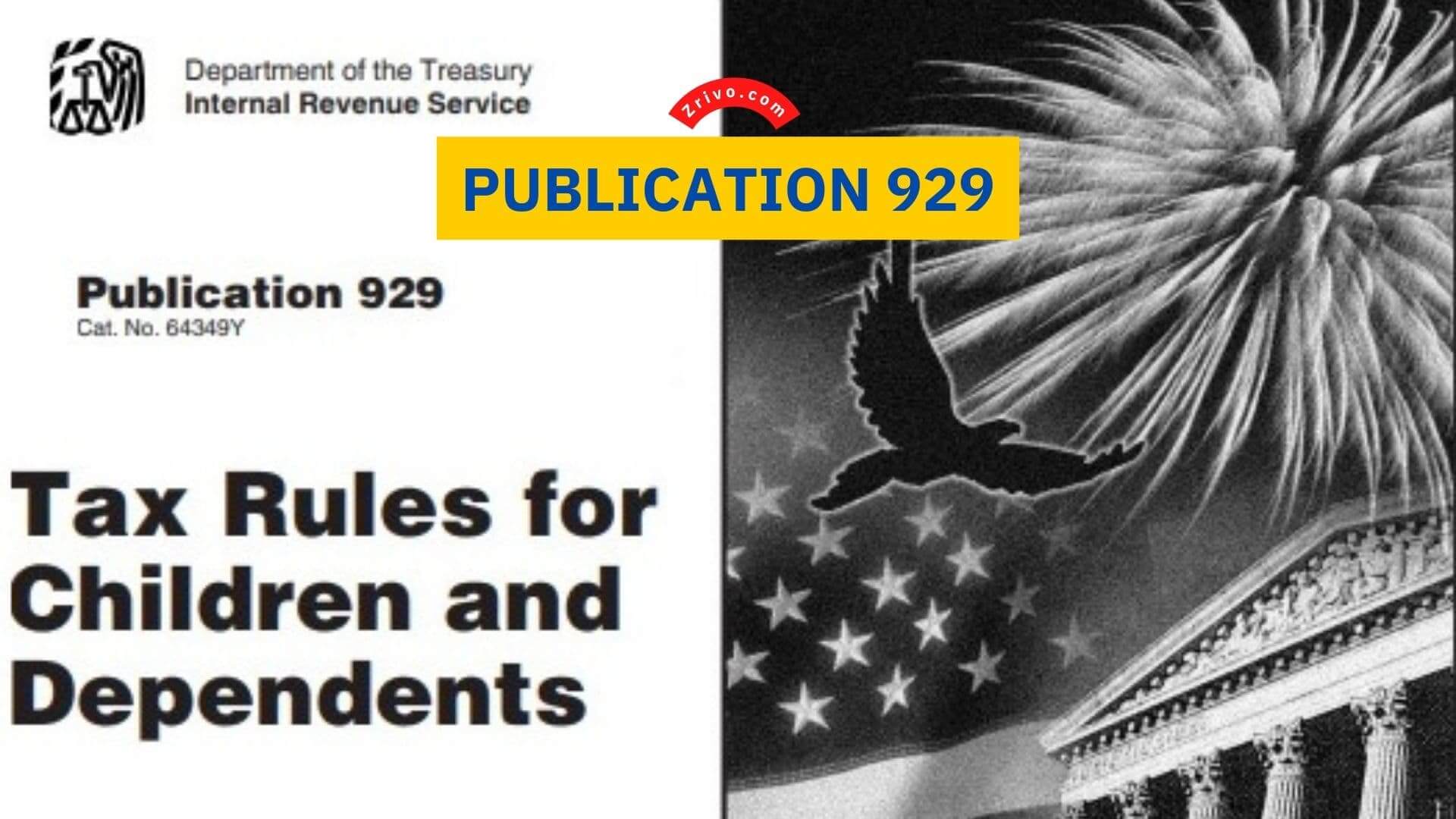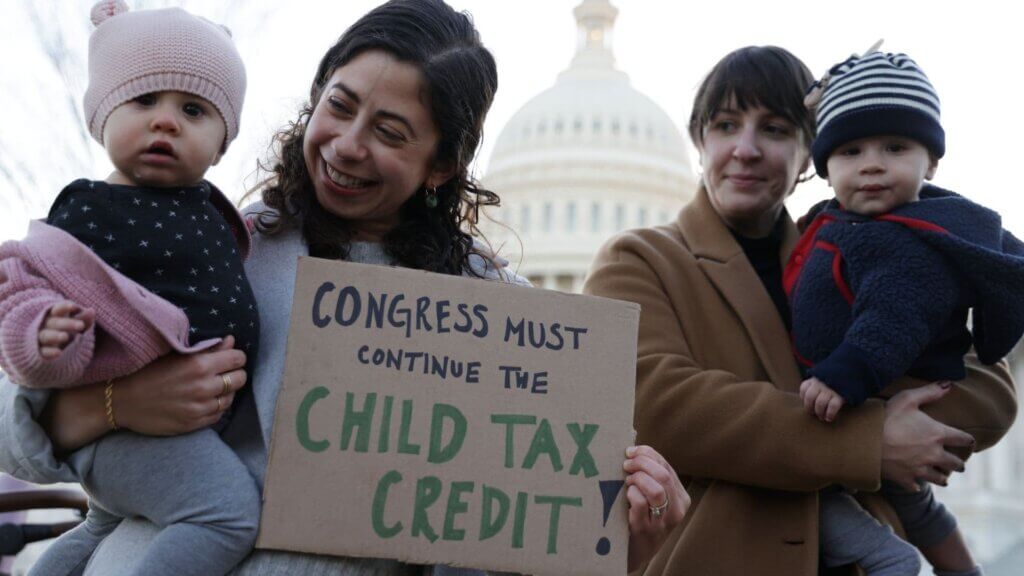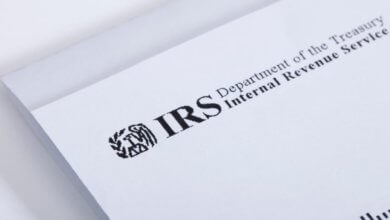Publication 929 2023 - 2024
Publication 929 is a booklet from the Internal Revenue Service (IRS) and consists of 30 pages. Here's everything.

IRS Publication 929, Tax Rules For Children And Dependents, is a publication from the Internal Revenue Service (IRS). It provides important information about how to claim dependents on your tax return. It also explains how to report investment income. The publication also covers child and dependent care expenses and the medical expense deduction, among other things. It is a must-read for anyone with dependents who wants to file taxes.
Your dependent is required to file a tax return if he or she has taxable income, which can include both earned and unearned income. The amount of their taxable income depends on a number of factors, such as their marital status and any special taxes they owe. To file a tax return on behalf of your dependent, you need to designate them as your representative by filling out Form 2848, Power of Attorney and Declaration of Representative. This form allows you to sign your child’s return on their behalf and receive information from the IRS about the return.
Child As Dependent
A child is generally considered a dependent when they are younger than 13 and live in the same home as you or your spouse. However, there are exceptions to this rule. For example, if you and your spouse are divorced, you may have an agreement about who claims your child as a dependent on their tax return. In this case, the person who has the child living with them for over half of the year will be the one who can claim them. In addition, if you have an elderly parent, you can usually claim them as a dependent if they meet certain conditions. These include having no income, being dependent of your spouse, and being supported by another adult child or relative.

The Child Tax Credit
The Child Tax Credit (CTC) is a federal income tax break that reduces the amount of federal tax owed by a specific amount for each qualifying child under 17 years old. The credit is designed to help offset the costs of raising children and is based on factors including your annual income, filing status, number of dependents, and qualifying child’s age. The child tax credit is a federal income tax deduction that helps families with children. It’s worth up to $3,600 per qualifying child under 6 and $3,000 per child between the ages of 6 and 17.
The CTC was introduced in 1997 as part of the Taxpayer Relief Act. It has been modified several times over the years to address changes in the law and meet changing needs of families. For instance, the Rescue Plan expanded the credit and made it fully refundable to millions of children who had low or no earnings in a given year.
The Child Tax Credit (CTC) Qualification
Families must meet a set of eligibility requirements. Those include age, relationship, support, dependent status, citizenship, length of residency, and family income. You must also file a Form 1040, U.S. Individual Income Tax Return, to claim the Child Tax Credit. You’ll attach a completed Schedule 8812, Credits for Qualifying Children and Other Dependents, to the form. To be eligible for the credit, your family’s modified adjusted gross income must not exceed a certain amount. The amount of the credit phases out if your income reaches that limit. Your child must have lived with you for more than half of the year. They can be your son, daughter, stepchild, foster child, adopted child or brother, sister, stepbrother, or stepsister (figure 1, yellow line).
He or she must also be a citizen, a U.S. national, or a U.S. resident alien. They must have a Social Security number and must be claimed as a dependent on your return. The child tax credit is partially refundable, which means you get a refund if the credit is greater than the taxes you owe. The credit can be claimed by anyone with a dependent who is under the age of 17. In 2021, the American Rescue Plan increased the maximum credit from $2,000 to $3,600 per child. The changes have lower income limits than the original child tax credit, so some families may still qualify for the full credit if their income falls below those levels.





